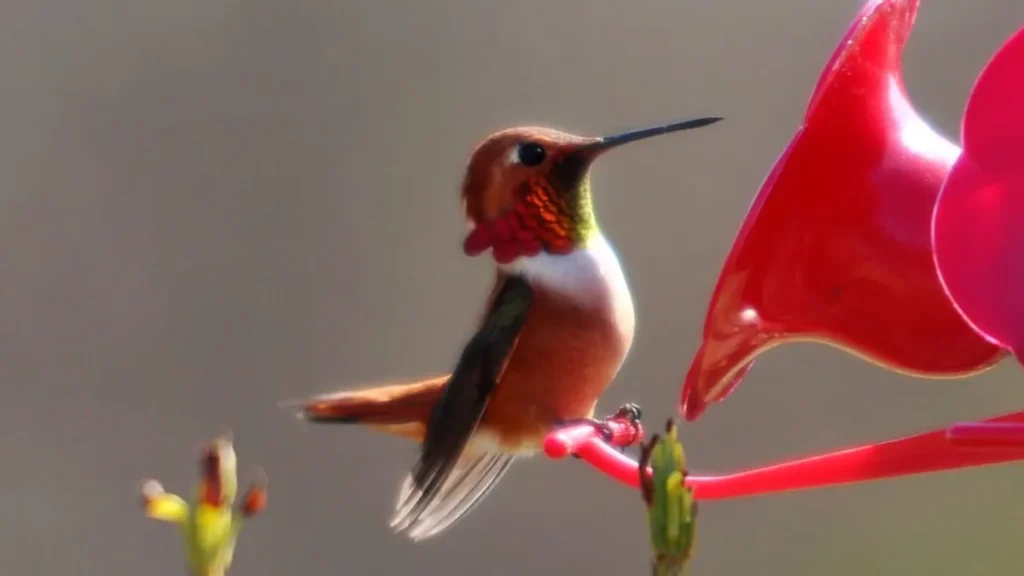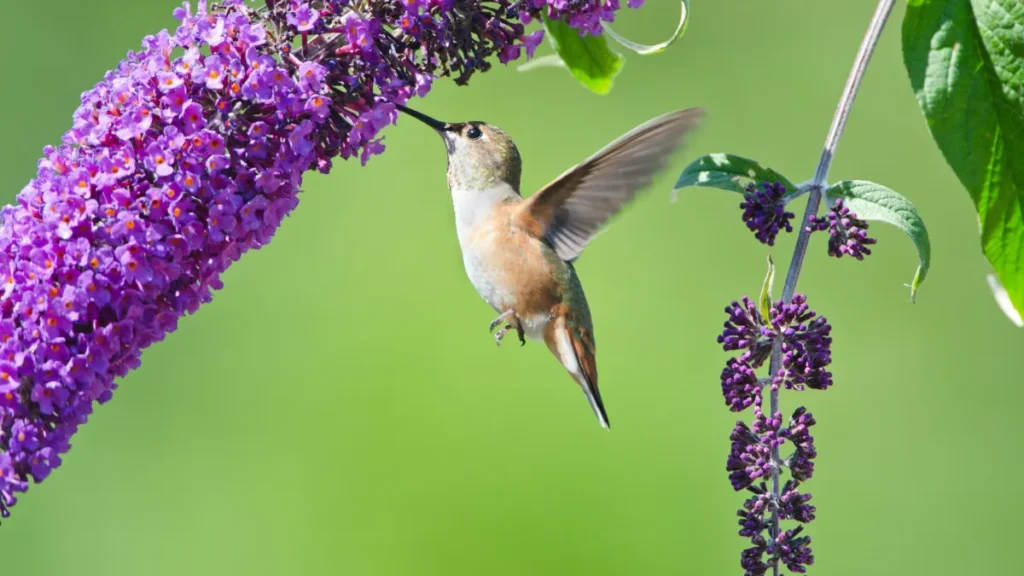Hummingbirds are admired around the world for their beauty, speed, and dazzling colors. With over 300 species known, these tiny birds have fascinated scientists and birdwatchers for centuries. While many species are common throughout the Americas, a few are incredibly rare—and one stands out as the rarest of them all: the Esmeraldas Woodstar (Chaetocercus berlepschi).
What Is the Esmeraldas Woodstar?
The Esmeraldas Woodstar is a critically endangered hummingbird native to the humid forests of coastal Ecuador. It is named after the Esmeraldas province, the region where it was first discovered. This tiny bird is barely 2.5 inches long and weighs less than a paperclip, making it one of the smallest hummingbirds on Earth.
Its appearance is just as delicate and unique. The male features shimmering green plumage with a striking violet throat, while the female has green upperparts and cinnamon-colored underparts. Their subtle beauty and rarity make spotting one a dream for many bird enthusiasts.
Why Is It So Rare?
The Esmeraldas Woodstar’s rarity is mainly due to habitat loss. Over the years, deforestation for agriculture and urban development has destroyed much of its native forest. The bird’s extremely limited range means even small environmental changes can have a big impact. Conservationists estimate that there are only a few hundred individuals left in the wild.
Other factors contributing to its rarity include:
- Fragmented habitat: The few remaining forest patches are isolated, limiting breeding and feeding opportunities.
- Climate change: Rising temperatures and unpredictable weather can disrupt nesting and migration patterns.
- Human encroachment: Expansion of farming and infrastructure continues to pressure the bird’s fragile environment.
Conservation Efforts
Despite its critical status, hope remains for the Esmeraldas Woodstar. Conservation organizations in Ecuador and around the world are working to protect its habitat. Protected reserves have been created to safeguard remaining forests, and reforestation programs aim to rebuild lost ecosystems.
Local education and eco-tourism are also helping raise awareness. By involving communities in conservation, efforts become more sustainable and effective in the long run.
Other Rare Hummingbirds Worth Mentioning
While the Esmeraldas Woodstar holds the title for the rarest, several other hummingbirds are also at risk:
- Blue-bearded Helmetcrest (Oxypogon cyanolaemus) – rediscovered in Colombia after being thought extinct.
- Juan Fernández Firecrown (Sephanoides fernandensis) – native only to one Chilean island.
- Black-breasted Puffleg (Eriocnemis nigrivestis) – another Ecuadorian species with fewer than 250 individuals left.
These birds highlight the urgent need for conservation across the Americas.
Conclusion
The Esmeraldas Woodstar is a remarkable example of nature’s fragility and beauty. As the rarest hummingbird on Earth, it symbolizes both the wonders of evolution and the dangers of environmental destruction. Preserving its habitat and educating the public about its plight are essential steps in ensuring that future generations can still marvel at this tiny jewel of the forest.
FAQs
1. Where can I see the Esmeraldas Woodstar?
It can be found only in select forested areas of coastal Ecuador, especially near the Ayampe River.
2. How many Esmeraldas Woodstars are left?
Estimates suggest fewer than 1,000 individuals remain in the wild, possibly as low as 300.
3. Why is it called a “woodstar”?
“Woodstar” refers to its small size and forest habitat; many tiny hummingbirds share this name.
4. Is the Esmeraldas Woodstar protected?
Yes, it is classified as Critically Endangered, and several protected reserves now exist in Ecuador to help preserve its habitat.


